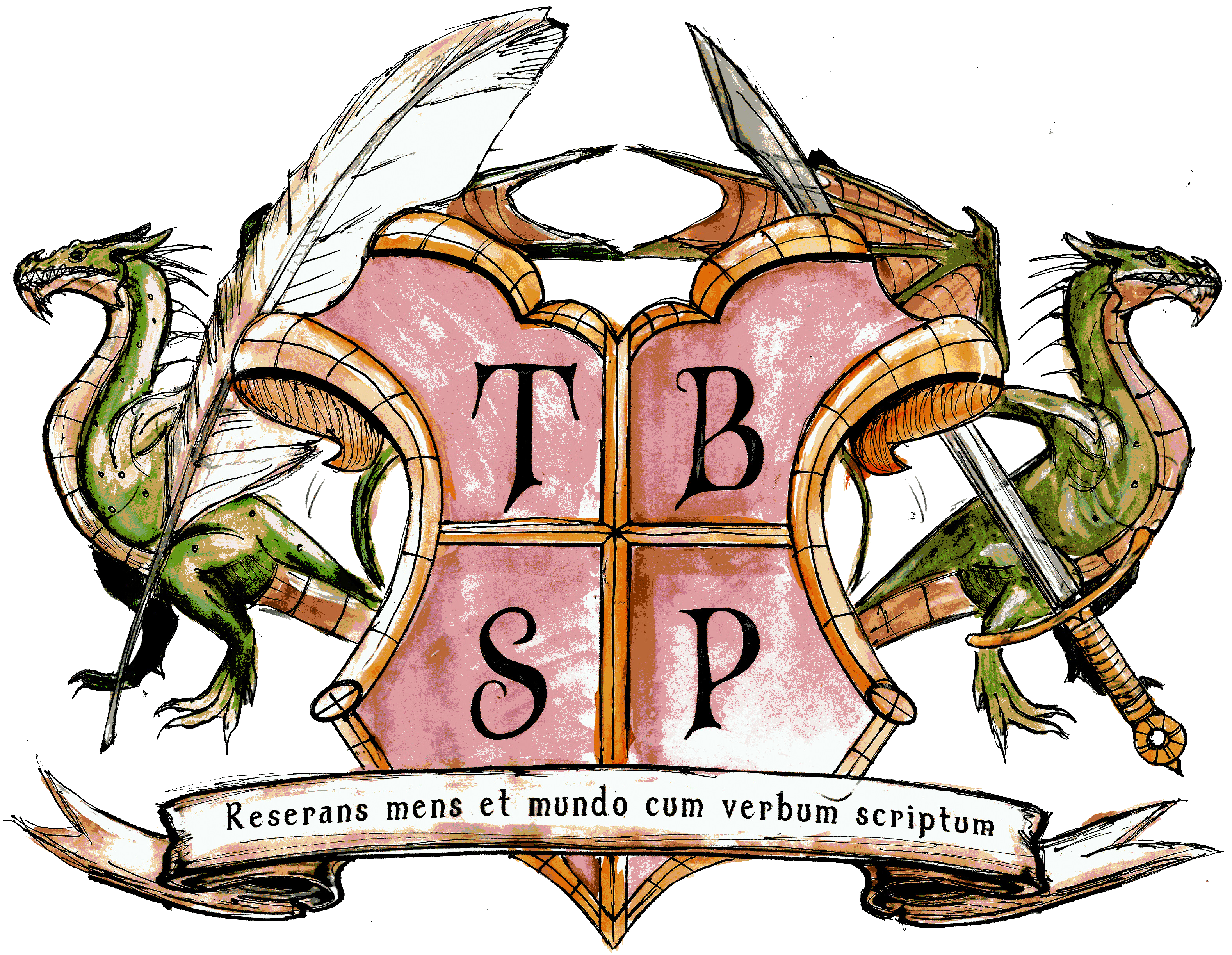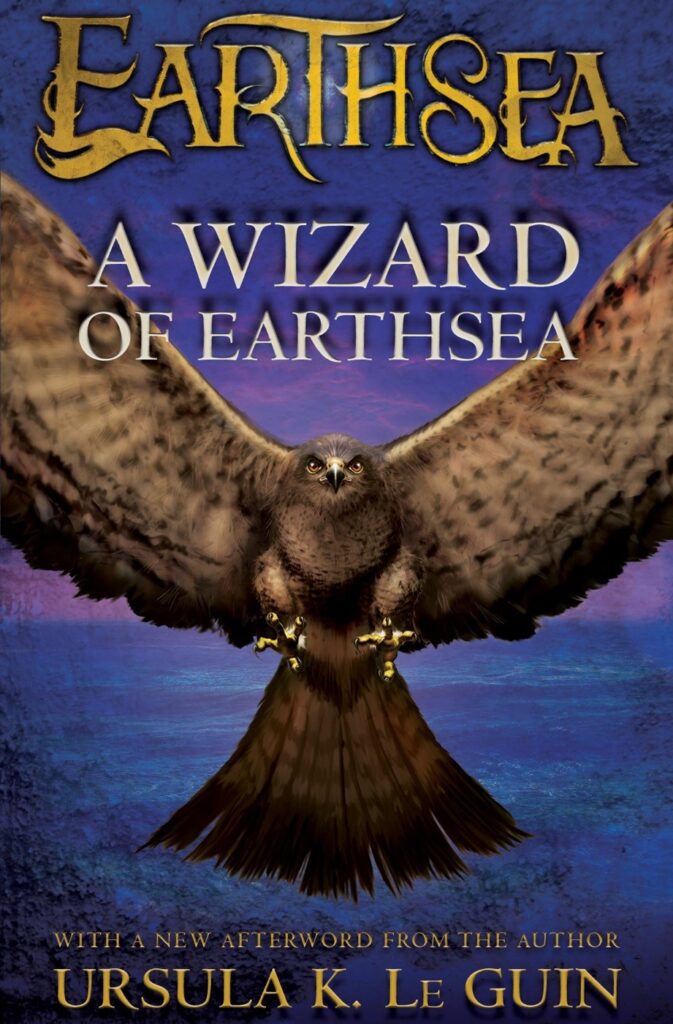

World Building Series: Language Construction—Part 1
HELLO, Beardies!
I decided to do yet another post within my World Building Series, this time focusing on language construction. Being a lover of language, especially in Fantasy, I believe this is one of the many elements that sets the genre apart from the rest.
I mean… How exciting is it to open up a new book and find a glossary?!? I love the challenge and the ‘secret’ invitation to get inside the head of the author. How the author forms the language, how it is used by the characters, and how the author incorporates it into the book are all things that make for a stimulating read. At least for me.
I spent years trying to perfect my first language. At first I got in my own way. I was just creating words—with truly no fluidity or method of organization. I even complicated things by trying to incorporate too much complexity into the language. I was my own worse enemy.
I finally had a breakthrough when I realized I needed to simplify. A lot. It was overhaul time, but where to begin? Sure, the words I created were wicked neat (as we say in New England) and evocative of their true meanings, but there was no cohesiveness to their styles or potential etymology. I almost scrapped it completely, but I ran across something that changed my outlook on Tolkien’s genius and fantasy languages altogether.
One chilly winter’s afternoon, I took a sojourn to Lansing, Michigan and my path led me to a newly-finished, outdoor mall. I can’t recall if I went there specifically or happened to stumble upon it, but at any rate, they had one of the largest bookstores I had ever seen (I’ve seen much larger ones since, but this was a great find for us at the time). While browsing the shelves, my eyes were drawn to the bright red binding and the title of the book pictured below: The Languages of Tolkien’s Middle-earth by Ruth S. Noel.
THE image is perhaps too small to read the block of text under the title, so I will oblige all of you with a transcription: A complete guide to all fourteen of the languages Tolkien invented.
Yes. You read it correctly. Fourteen! I figured if it gives me even the slightest inclination as to how he did it with fourteen, then surely I should be able to create at least one!
I read that thing from cover to cover. Twice.
And then I re-read it with a journal and pen to take notes on all the helpful information it contained. It is in no way a reference guide to how Tolkien did it, but it contained enough clues for me to discern a pattern and methodology. And with my journal now full of notes, hints, and questions for me to ask myself about my own language, I decided to jump in head first.
I also discovered something important. Tolkien didn’t create his languages from scratch, he had a little help. I am not saying that Tolkien wasn’t a genius because he didn’t create his language from scratch—because he absolutely was one; I am saying that perhaps the fact that he decided to use an existing language for guidance proved his very genius. Why not borrow parts of a language that already has all of the ‘kinks’ worked out? It made perfect sense to me, so that’s what I decided to do.
As Tolkien based his language upon Finnish (whether it was just one—or perhaps all fourteen—I am not certain), I, too, decided to structure [at least parts of] my language on an existing one…. well, many, actually. Parts of my language are derived from Gaelic, parts from French, parts from Latin, parts from Finnish, parts from Hebrew (the list actually goes on, but I will spare you from its entirety).
Also, like Tolkien, I decided to use combination forms of words so that I could create better-formed proper nouns—names of characters and places and important things.
This post is getting rather long, so I will end it and continue where I left off in a future post. Keep your eye out for it! 🙂
Since this post was first published in 2012, I've actually dissected my languages and have decided to simplify even more, so I removed the section of this post that contained the older language references.











